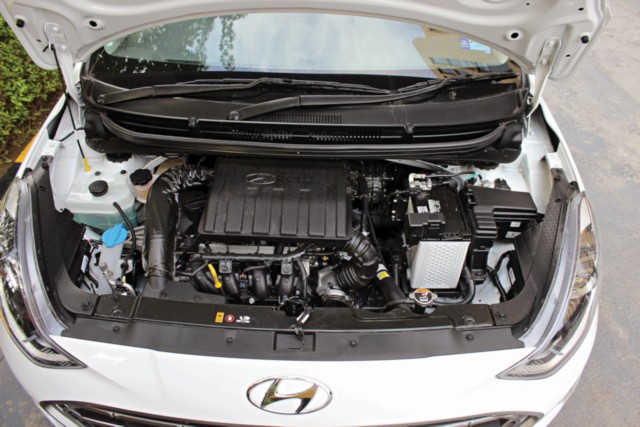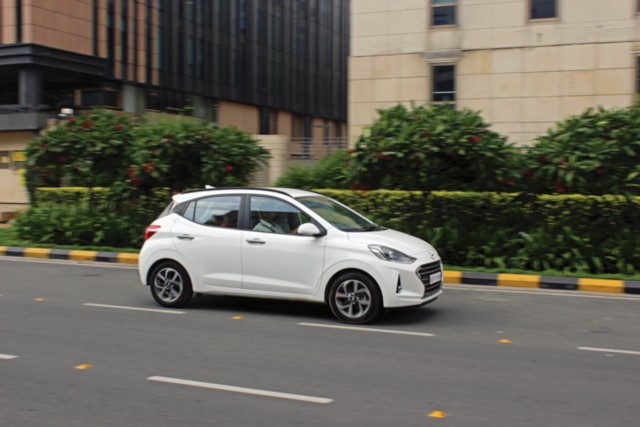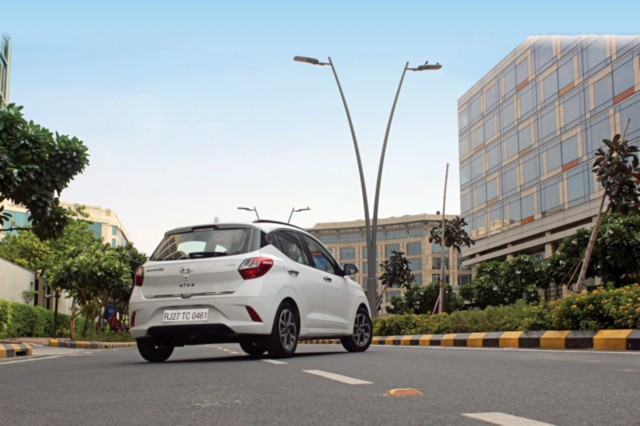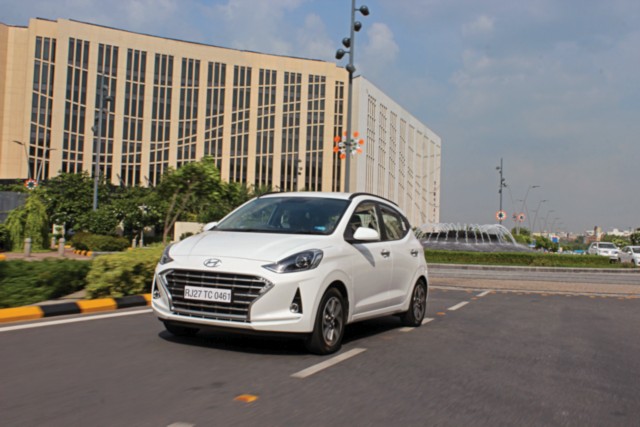Other good kit on this Asta top-trim are the adjustable rear head-rests, the rear washer, and wiper. An interesting point to note is that the discrimination between the top Asta trim and the next-in-line Sportz trim is a bit less glaring. They do share a lot more kit than before. That includes notable bits such as the rear-view camera, rear defogger, cooled glove-box, and electrically folding wing-mirrors with integrated indicators. On the safety front, all trims get the pre-tensioner’d seatbelts, driver and passenger front seatbelt reminders, ABS with EBD, and dual front airbags. Another aspect that Hyundai haven’t specified but is obvious is the massive cargo volume for its size. It looks to be closer to the 300-litre mark; up on the 256 litres its predecessor offered.

Bringing the power is a familiar four-pot petrol engine, the 83-hp 1.2-litre Kappa unit that done a good job in all of Hyundai’s sub-four-metre offerings. The big difference here is that the Nios gets the first BS VI-compliant example. That said, output is still the same and the 114 Nm of peak torque comes in pretty strong and builds up well as the revs pile on. The five-speed manual in the car we drove felt up to the job, as always, but, somehow, it felt a little coarse and unrefined slotting through the H-gate. That’s not to say it wasn’t sure-slotting. It did its job well; like that employee with a spotless record who has a rather colourful tongue.

On the move, the clutch action is light and the pedal travel is appreciably short. Dealing with slow-moving traffic, then, isn’t as tasking. The ride quality, as expected, is excellent, only with an odd thud making its way in from the rear a couple of times as the car tackled some ungainly speed-humps and the odd pothole. The steering feels light and offers decent feedback over all sorts of surfaces. Visibility is excellent, too, and there are no real blind spots. The bonnet lines stand out even from inside and it looks ― but doesn’t really feel ― like there’s a huge motor under there; enough to crack a smile. Good job, design team.
While the range starts from a tenner short of Rs 5 lakh, this Nios 1.2 Asta is over 40 per cent more expensive at Rs 7.14 lakh before taxes and insurance. That’s a hefty asking price for what is a slightly larger small car. However, considering what the competition has on the table, in this day and age, this is all you’re really going to get for your greenbacks. Another interesting aspect is the first-ever choice of warranty. Based on driving habits and use, the Nios can be had with one of three choices of basic warranty: three-year/100,000-km, four-year/50,000-km or five-year/40,000-km. Whichever way you go, there’s three years of complimentary roadside assistance offered as well. That’s going to make a lot of people happier.
The Grand i10 Nios aims to be more than not just its predecessor, but also the competition. There is a lot more car for the same money as before, as well as a lot more features. Now it remains to be seen if the fresh new Nios hatch can bring in more numbers for Hyundai.

Need to Know – Hyundai Grand i10 Nios 1.2 Asta
Price: Rs 7.14 lakh (ex-showroom)
Engine: 1,197 cc, 16-valve DOHC, in-line four, petrol
Max Power: 83 hp @ 6,000 rpm
Max Torque: 114 Nm @ 4,000 rpm
Transmission: Five-speed, manual, front-wheel drive
Suspension: MacPherson strut front, torsion beam rear wheel
Weight: NA





















Leave a Reply